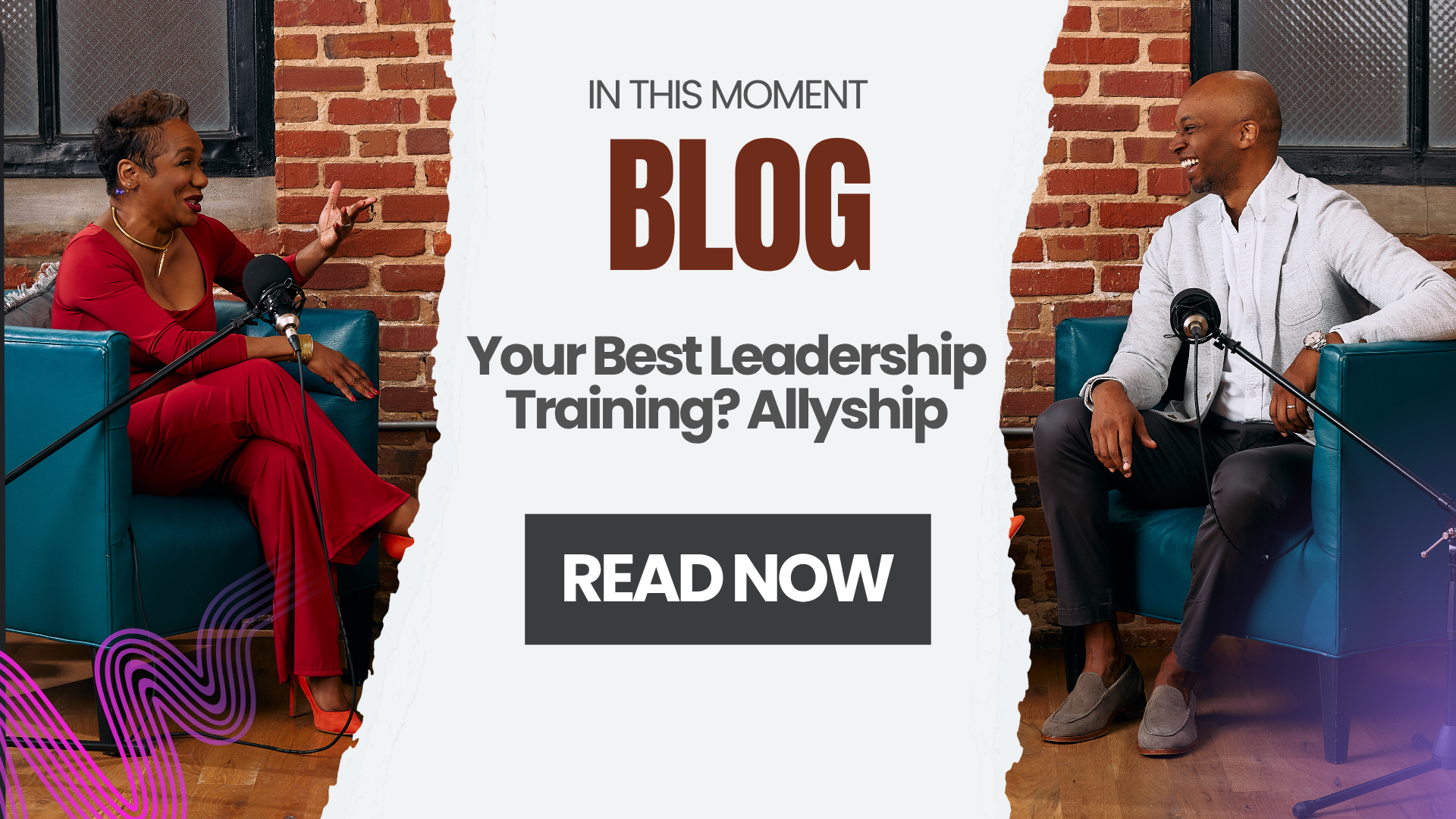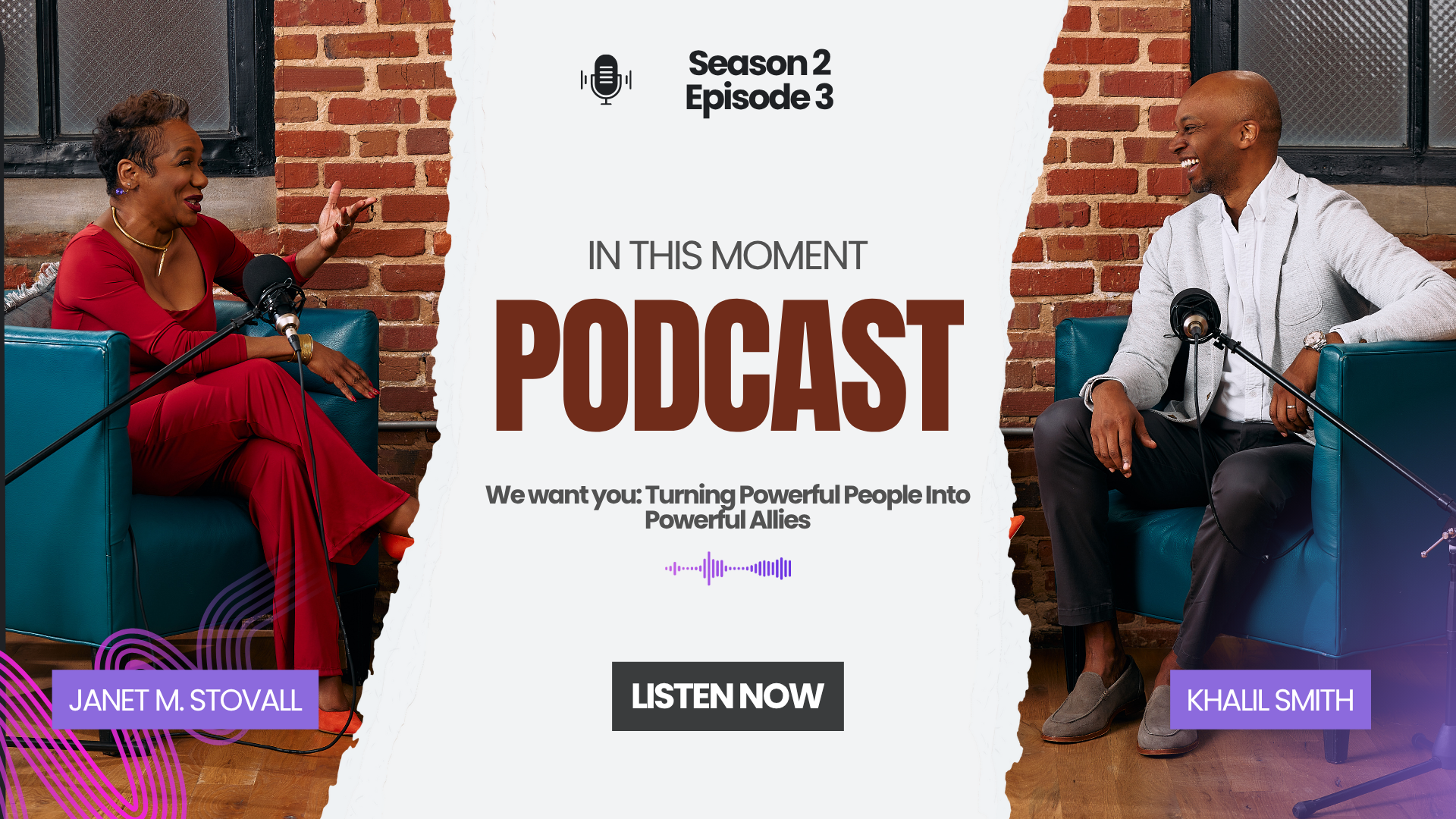Picture this: You’ve just finished presenting your game-changing initiative. The room is nodding. Your boss gives you the thumbs up. The budget gets approved. You walk out feeling like you’ve conquered the world.
Fast forward three months. The project is stuck in neutral. People seem disengaged. What looked like enthusiasm has turned into quiet resistance. Sound familiar?
Leadership development expert Valeria Lassiter recently shared a crucial insight that explains this all-too-common scenario. There’s a world of difference between getting approval and securing genuine buy-in. And in today’s unpredictable business environment, that difference can make or break your most important initiatives.
The veneer of validation
Approval is easy to get. It’s the polite nod in the meeting room, the signature on the budget line, the verbal agreement to move forward. But approval is passive. It doesn’t mean people will champion your idea when things get tough, or invest their own reputation to make it succeed.
This gap between surface-level agreement and deep commitment is why so many change efforts fail. Recent research from Willis Towers Watson shows that only 43% of employees believe their organization manages change effectively—down from 60% just a few years ago. When people feel like change is happening to them rather than with them, they’ll give you approval but hold back what you really need: their energy and advocacy.
Real buy-in is different. As Lassiter puts it on Season 2, Episode 2 of the In This Moment Podcast, it’s when people are willing to “advance it, put their name behind it, and be an ambassador for it.” It’s the difference between someone saying “I approve this project” and “I will fight for this project.” This shift from passive agreement to active advocacy changes everything. A 2024 report from O.C. Tanner found that employees at people-centered organizations are 12 times more likely to say their change experiences were well-managed and 11 times more likely to view them as positive. When you have real buy-in, you’re not just managing a project—you’re leading a movement.
Three steps from yes to buy-in
So how do you build this deeper level of commitment? Here’s a proven process that transforms how you approach change:
- Step 1: Map the power landscape. Before you pitch anything, understand who really influences decisions in your organization. Yes, you need approval from the top, but you also need support from the informal leaders—the people others turn to for advice, the respected voices in different departments, and the connectors who bridge different groups. Lassiter emphasizes the importance of assessing “where the power to make change will come from” before you even raise an issue. Spend time identifying not just who has formal authority, but who has influence. These are the people whose support will determine whether your initiative thrives or dies.
- Step 2: Co-create the solution. Now that you know who matters, involve these key people in shaping your initiative. This isn’t about getting symbolic input on your idea—it’s about making them partners in creating the solution. Host working sessions, form advisory groups, and be genuinely willing to change your approach based on what you learn. When people help build something, they own it. And when they own it, they’ll defend it. This step takes longer upfront, but it saves you months of pushing against resistance later.
- Step 3: Test for true commitment. Finally, gauge the real level of buy-in by changing the questions you ask. Stop asking “Do you support this?” and start asking questions that reveal how deeply people are committed: “What concerns do you have about this approach?”, “How would you explain the value of this to your team?”, or “What would you need to be a strong advocate for this?” These questions show you who’s really on board and help people think through what it would mean to truly champion your initiative.
Silence isn’t support
Science fiction write Octavia Butler wrote, “All that you touch you change. All that you change
changes you.” Leaders who master this approach understand that their real power isn’t in getting people to say yes. It’s getting them to own their own stuff, mean what they say, and see the value in being open to new action. They use their position to create space for authentic dialogue, knowing that temporary discomfort leads to stronger outcomes.
When someone disagrees with you, they’re giving you critical intelligence about where your plan might fail. The most effective leaders don’t see dissent as a threat to their authority—they see it as information they can’t get anywhere else. This means asking harder questions, rewarding honest feedback, and demonstrating that you’re genuinely willing to adapt based on what you learn.
Leaders who master this approach understand that their real power isn’t in getting people to say yes. It’s getting them to mean it. They use their position to create space for authentic dialogue, knowing that temporary discomfort leads to stronger outcomes.
In a world of constant change, transformation doesn’t happen through mandates or polite agreements. It happens when you move people from passive approval to active advocacy. The next time you walk out of a meeting celebrating those nodding heads, ask yourself: Do I have approval, or do I have buy-in? Your answer will determine whether you’re leading real change or managing another project that is likely to quietly disappear.


